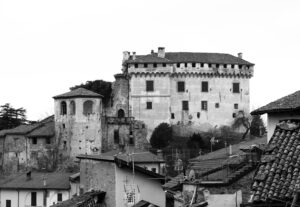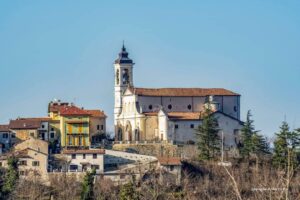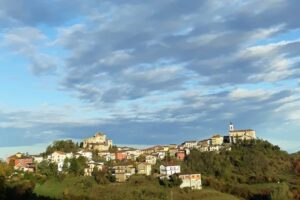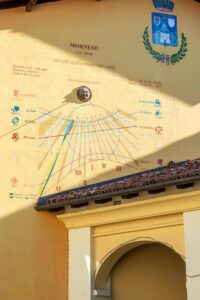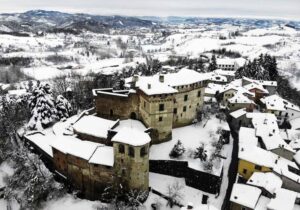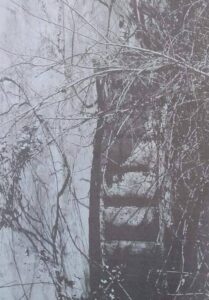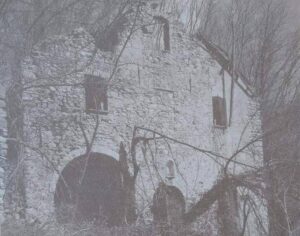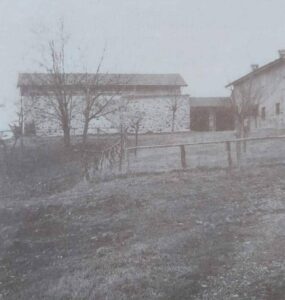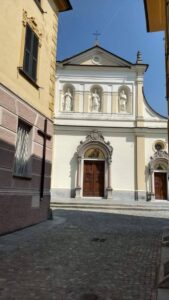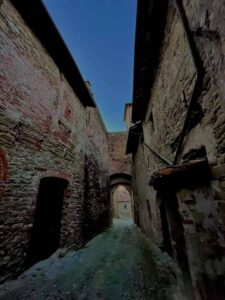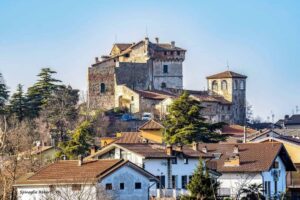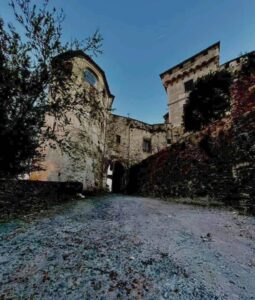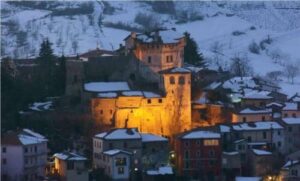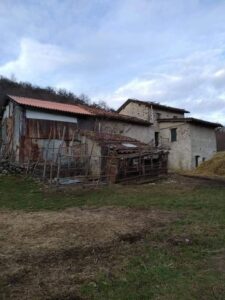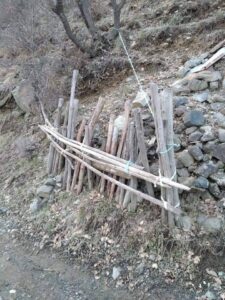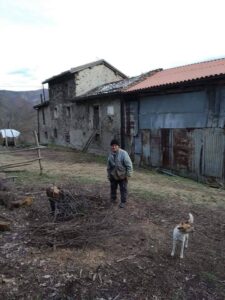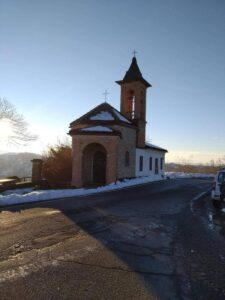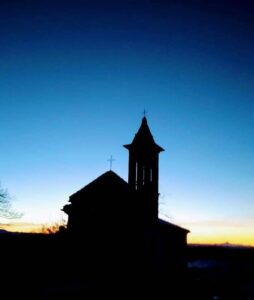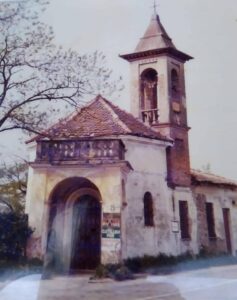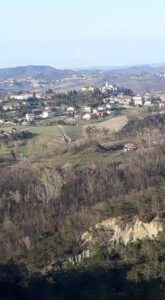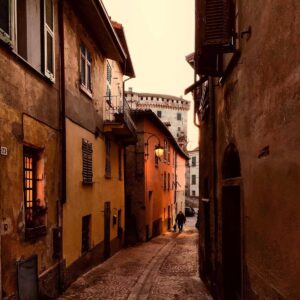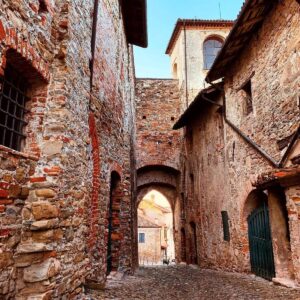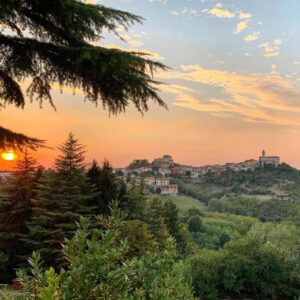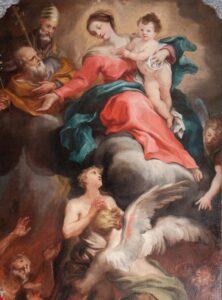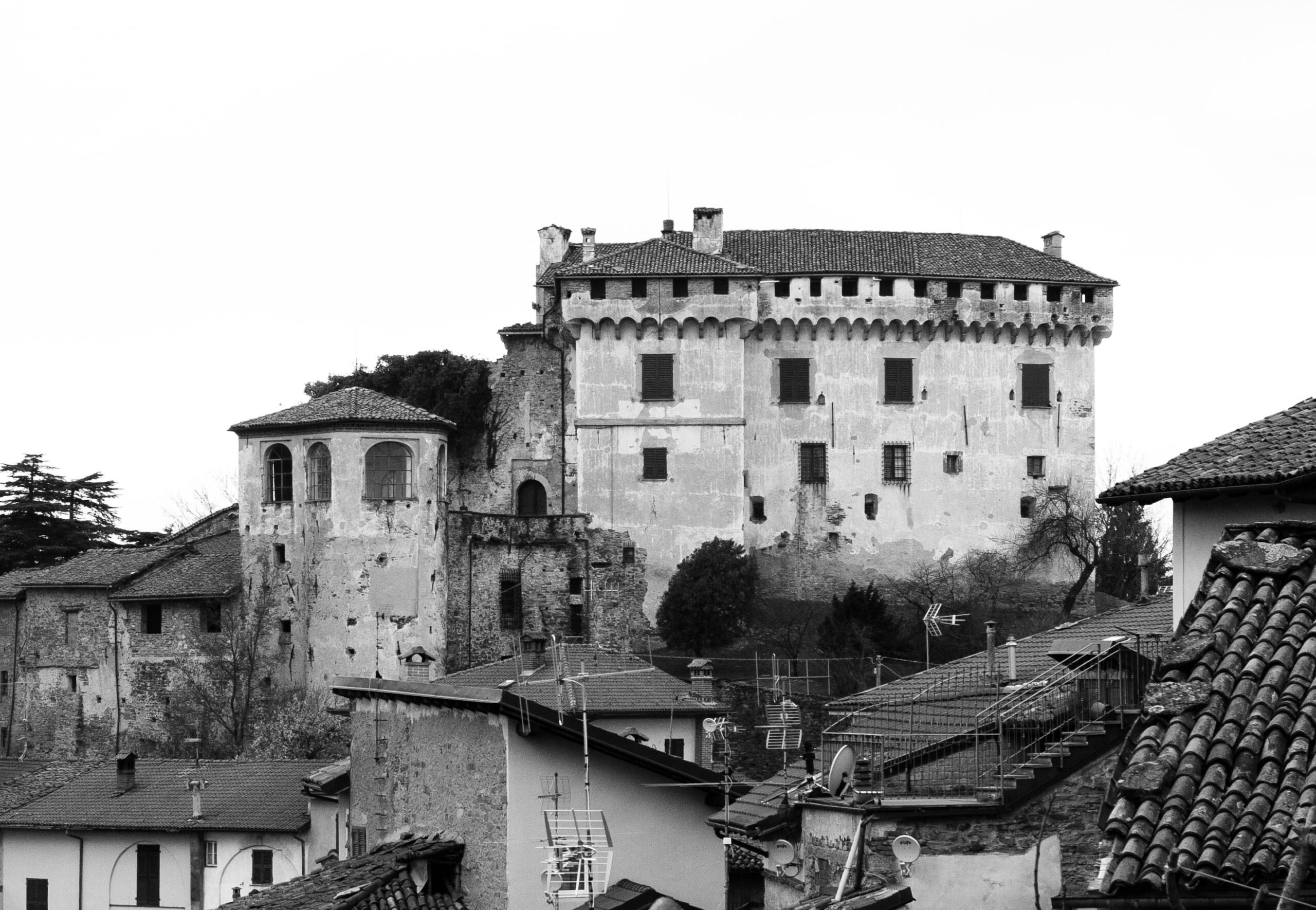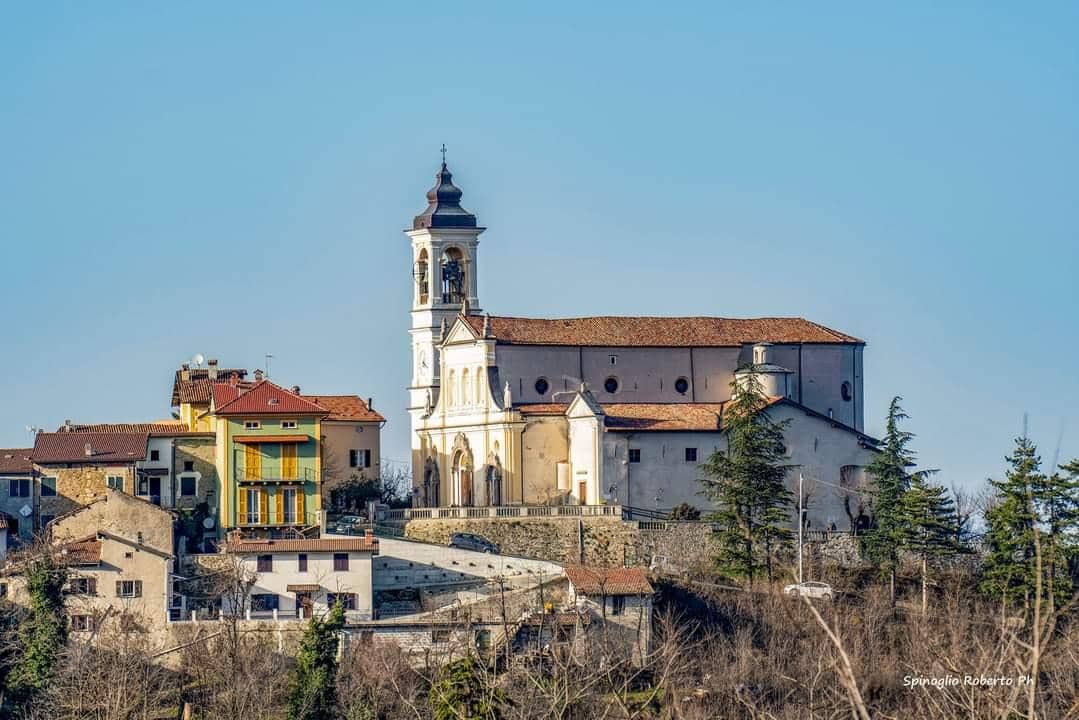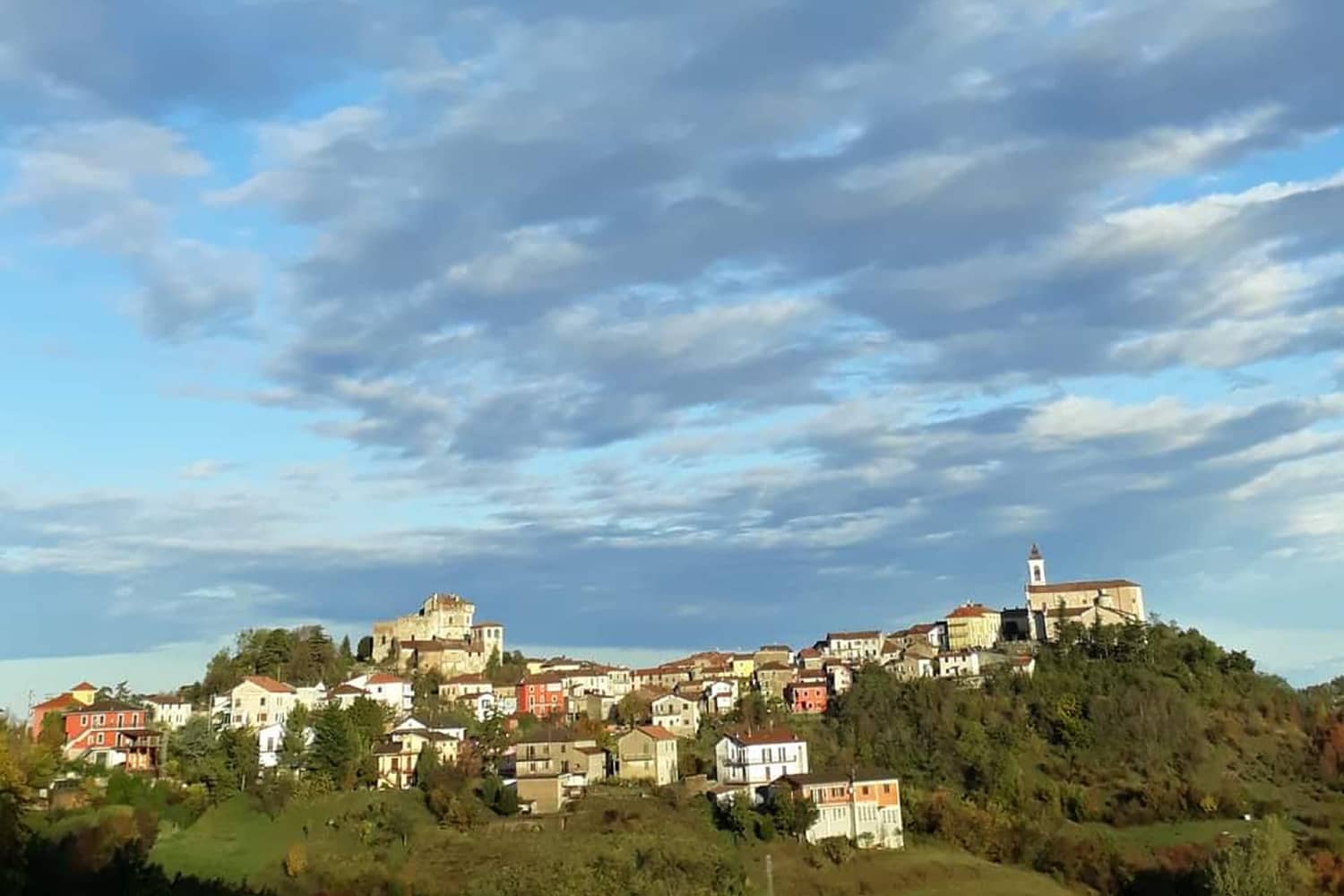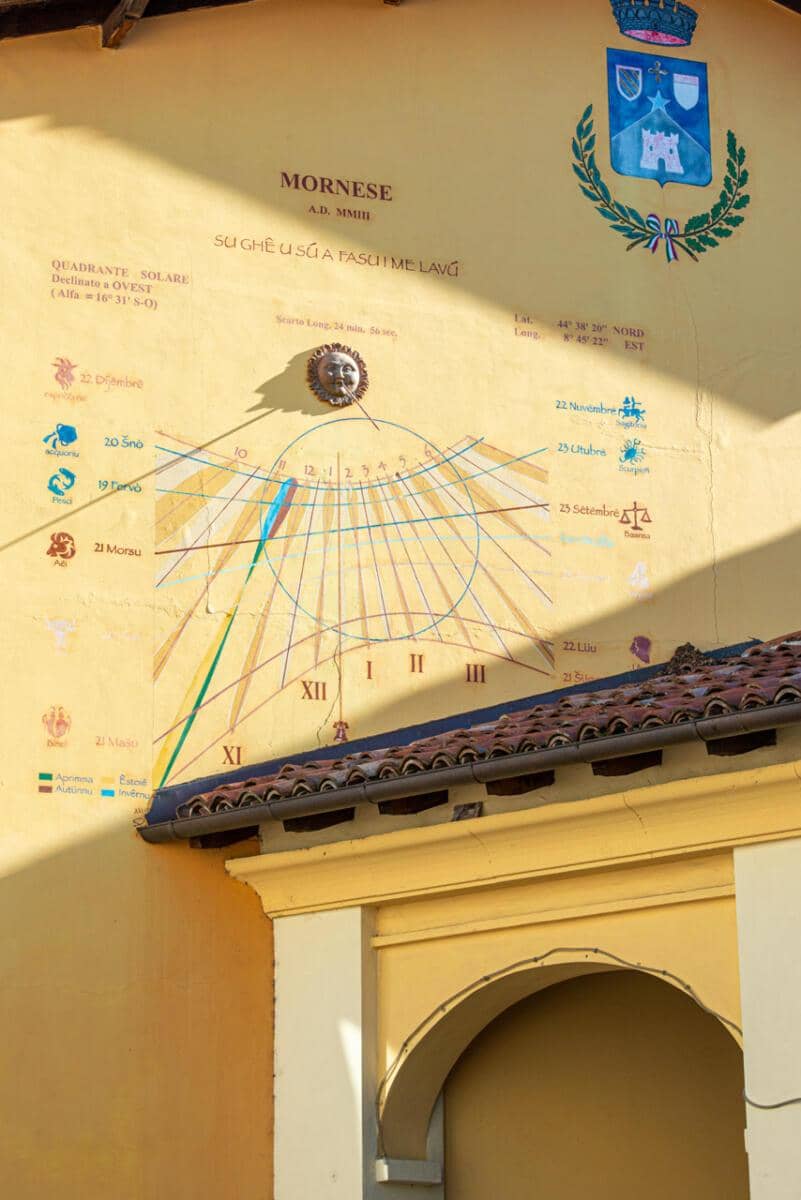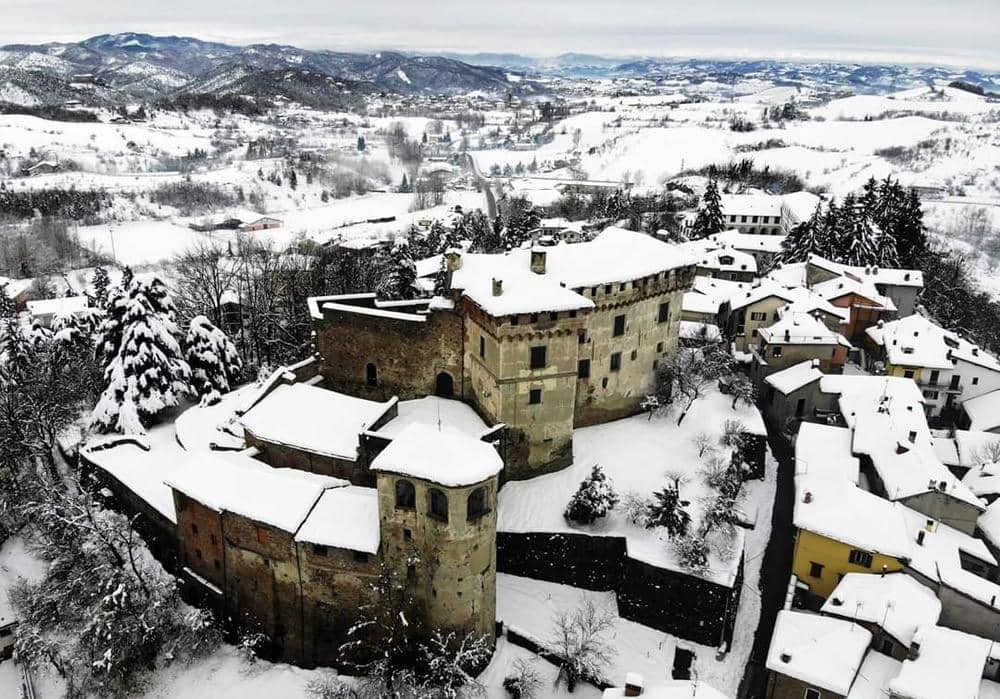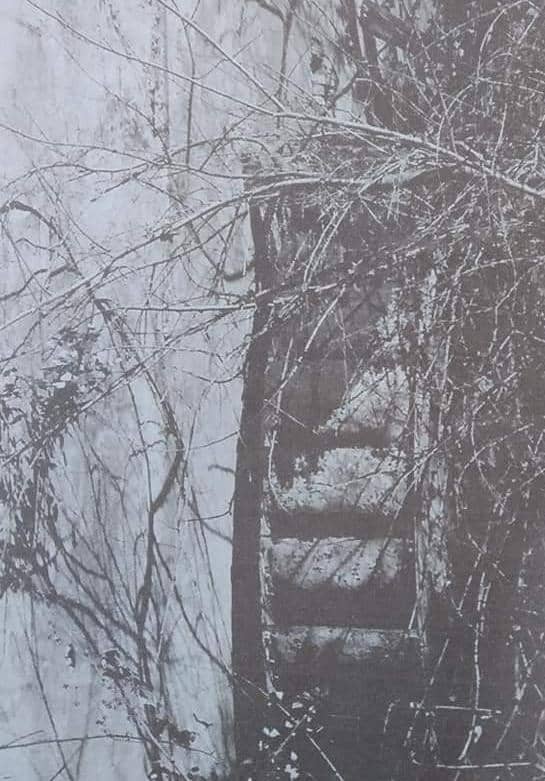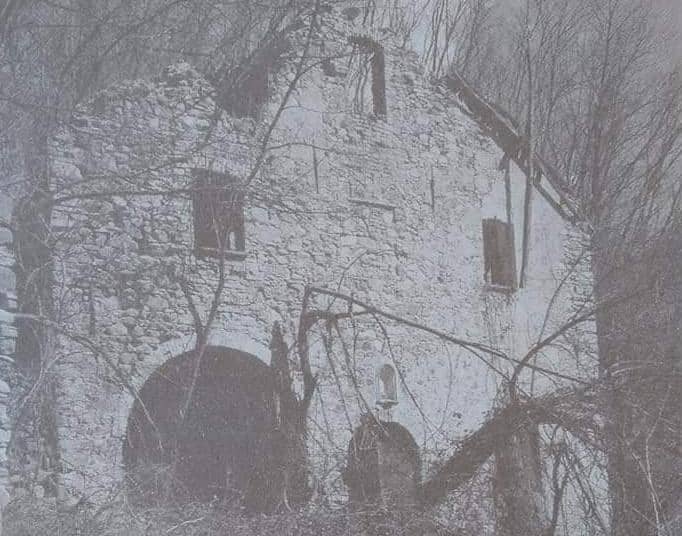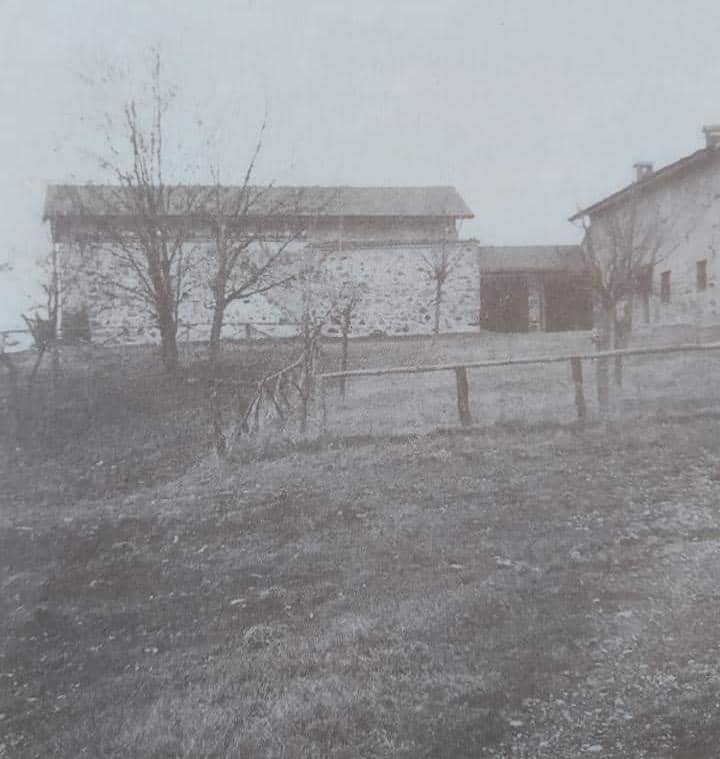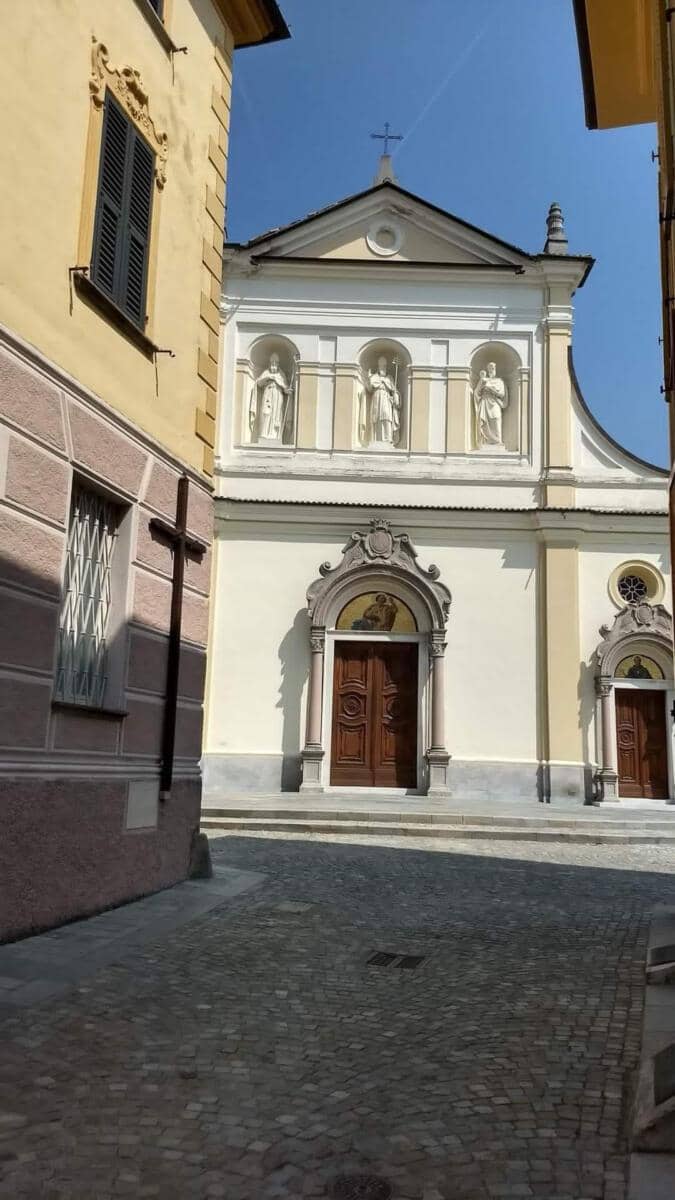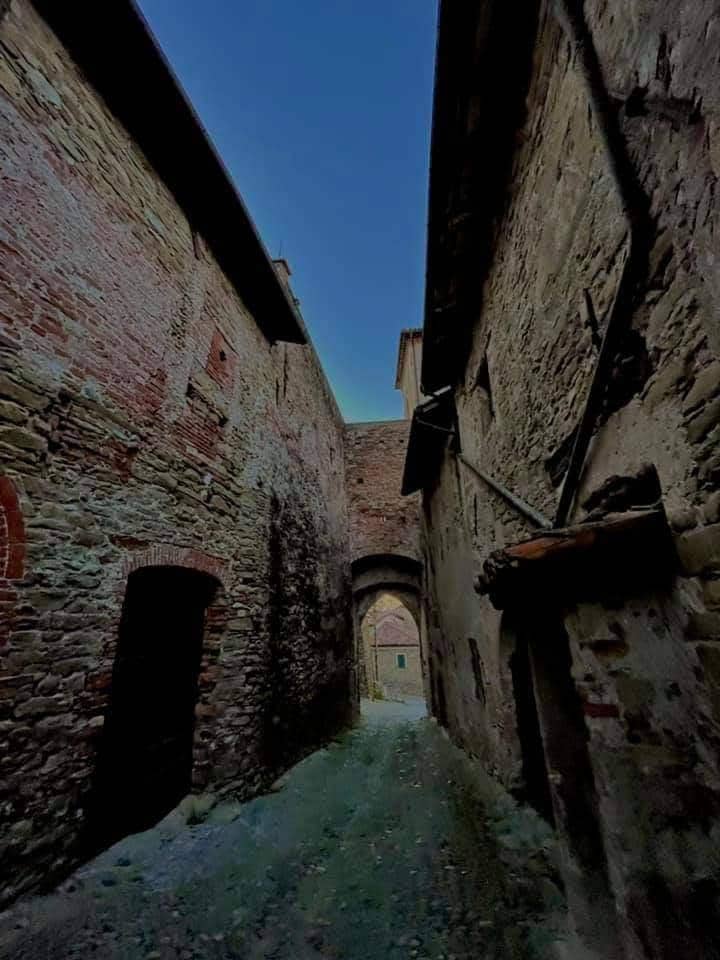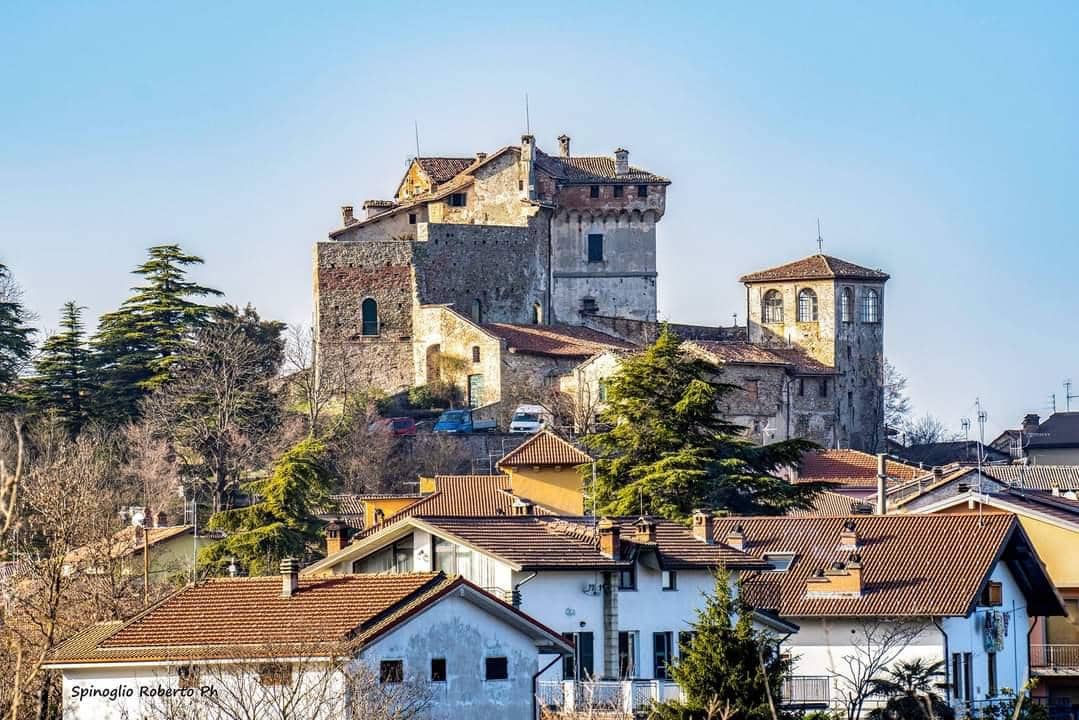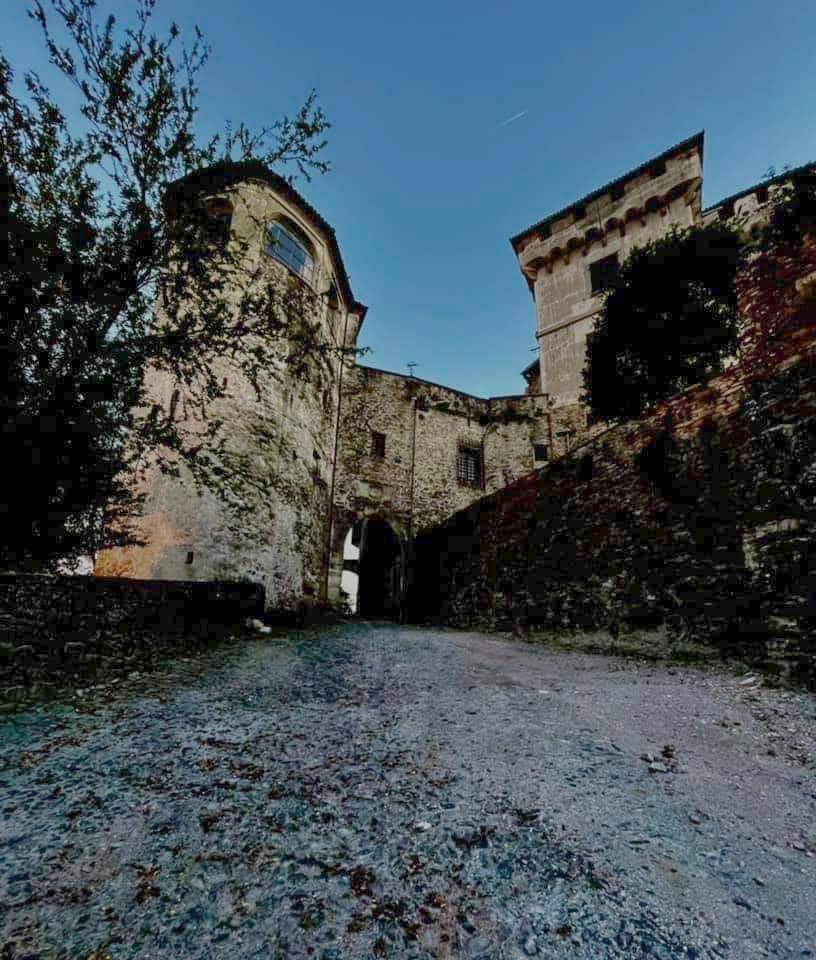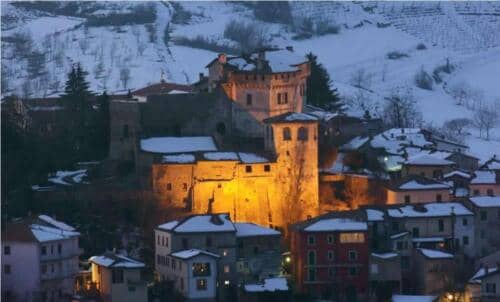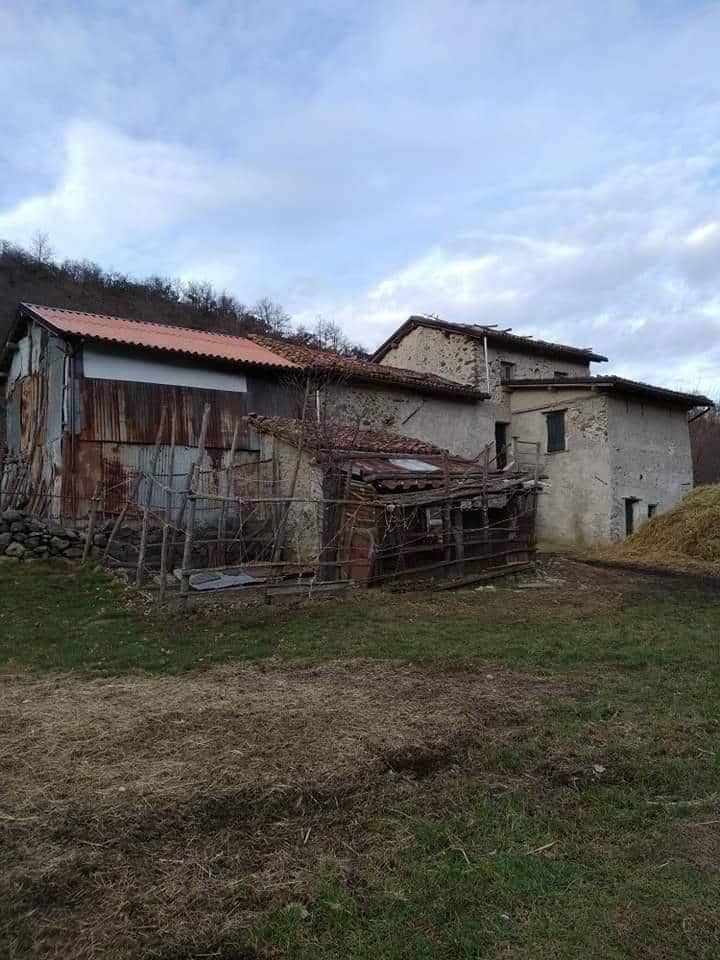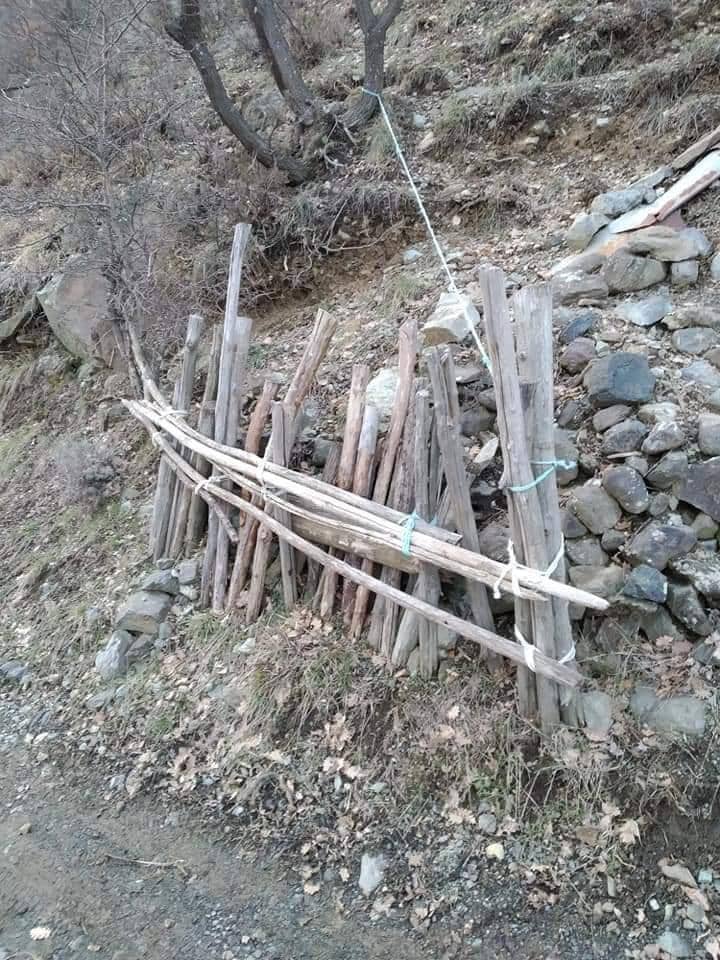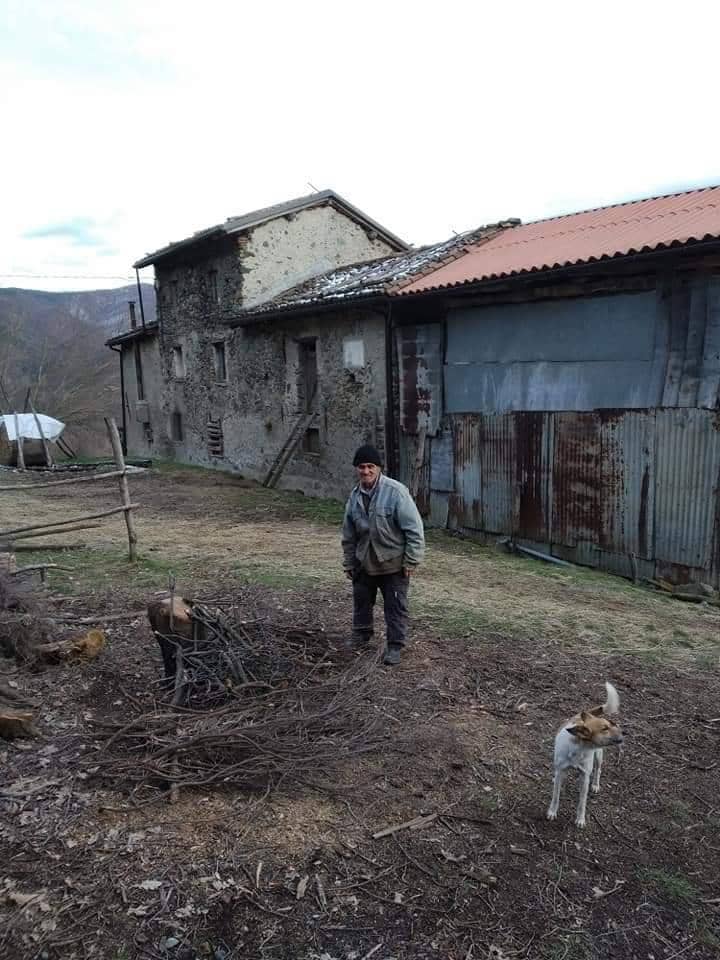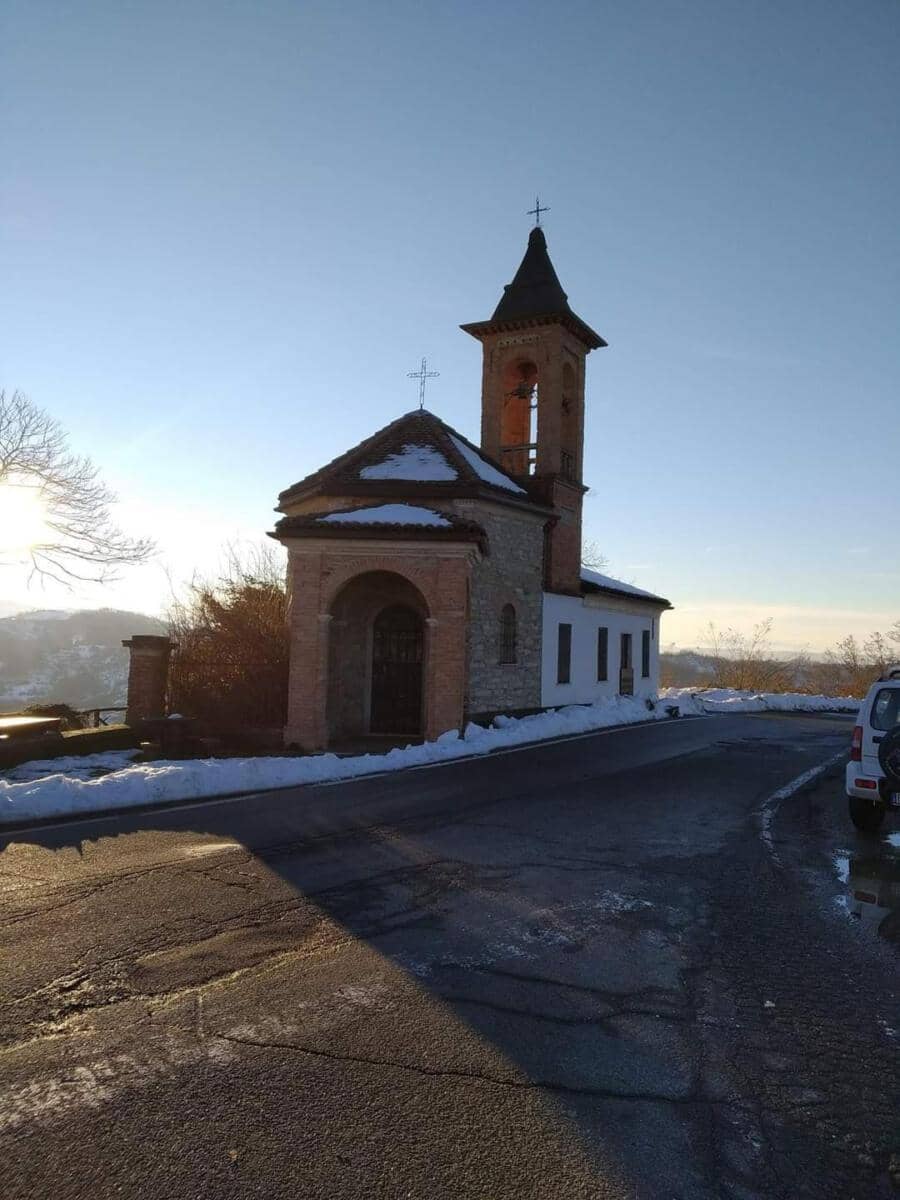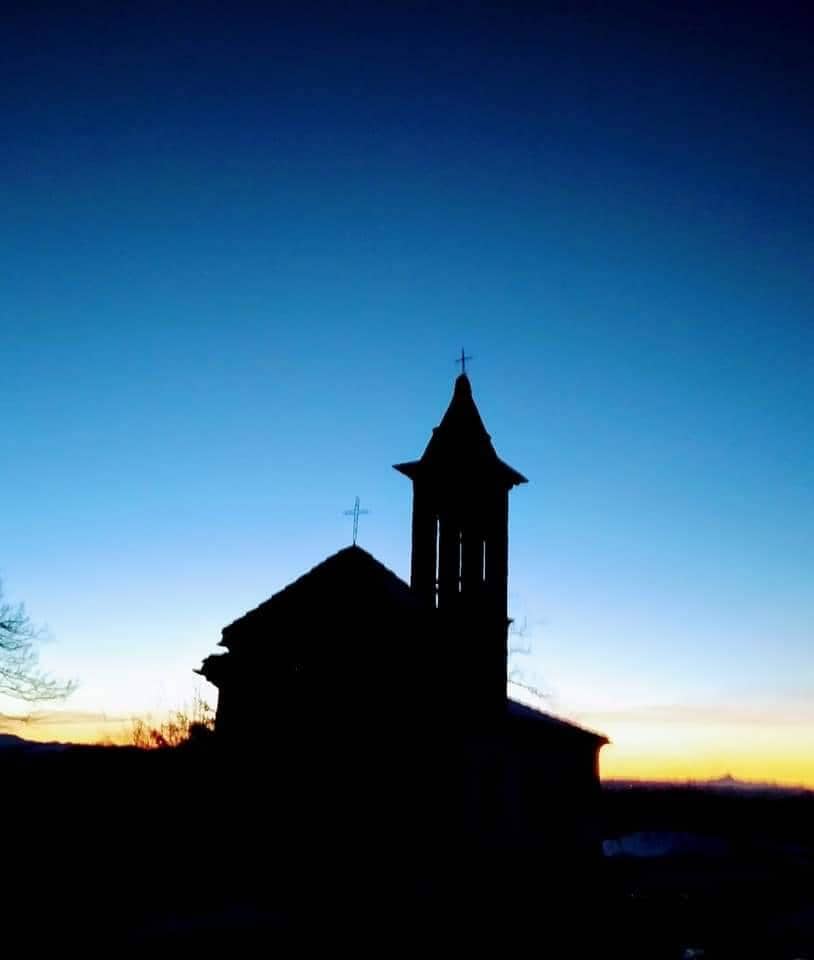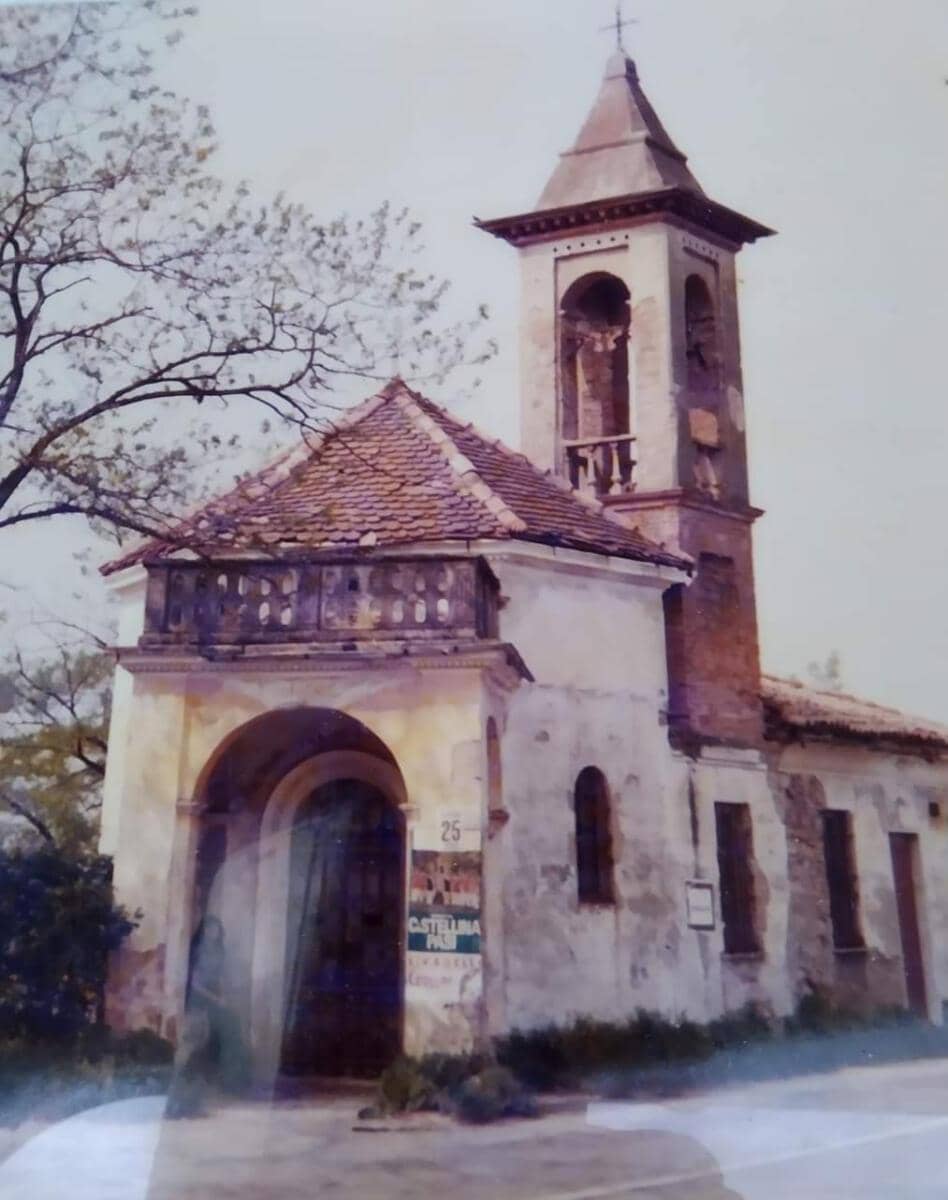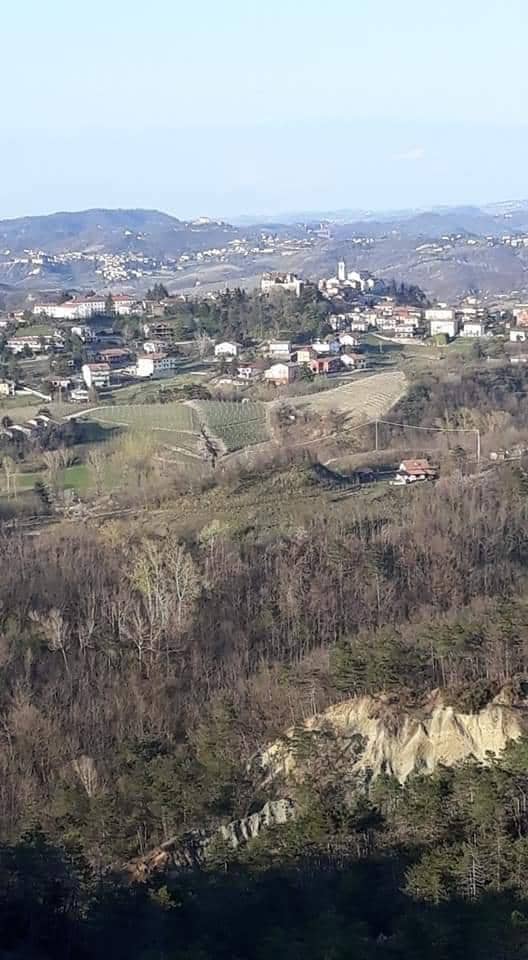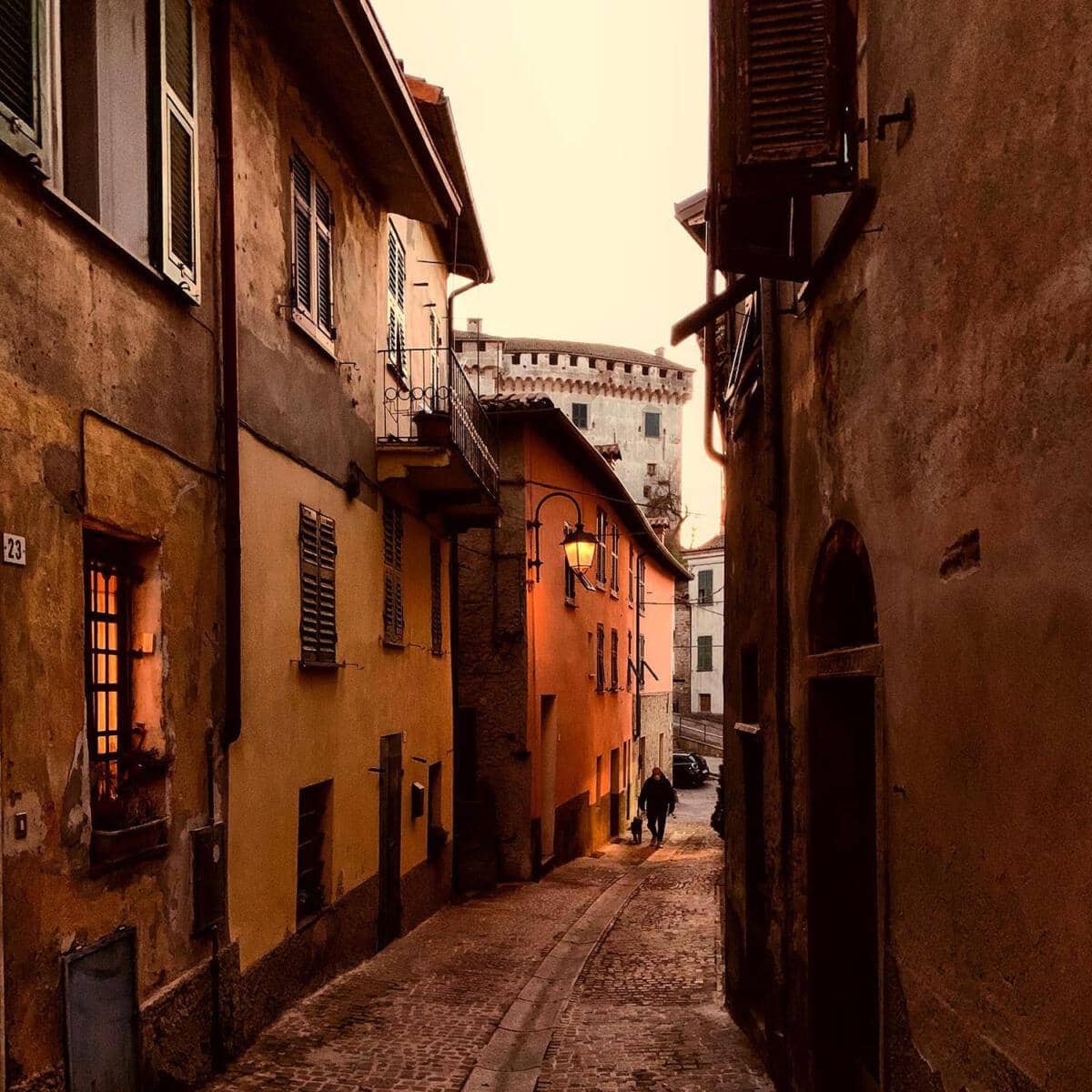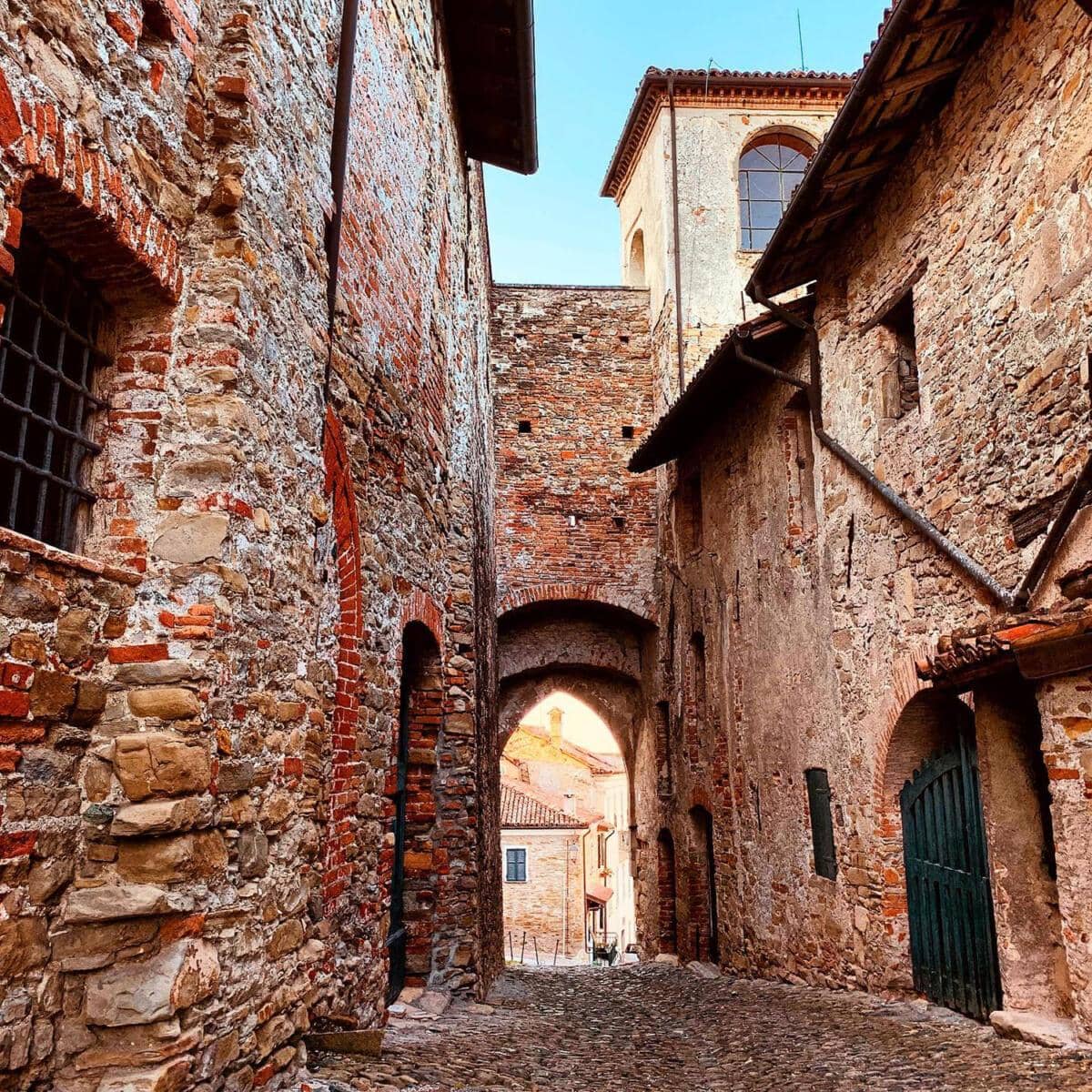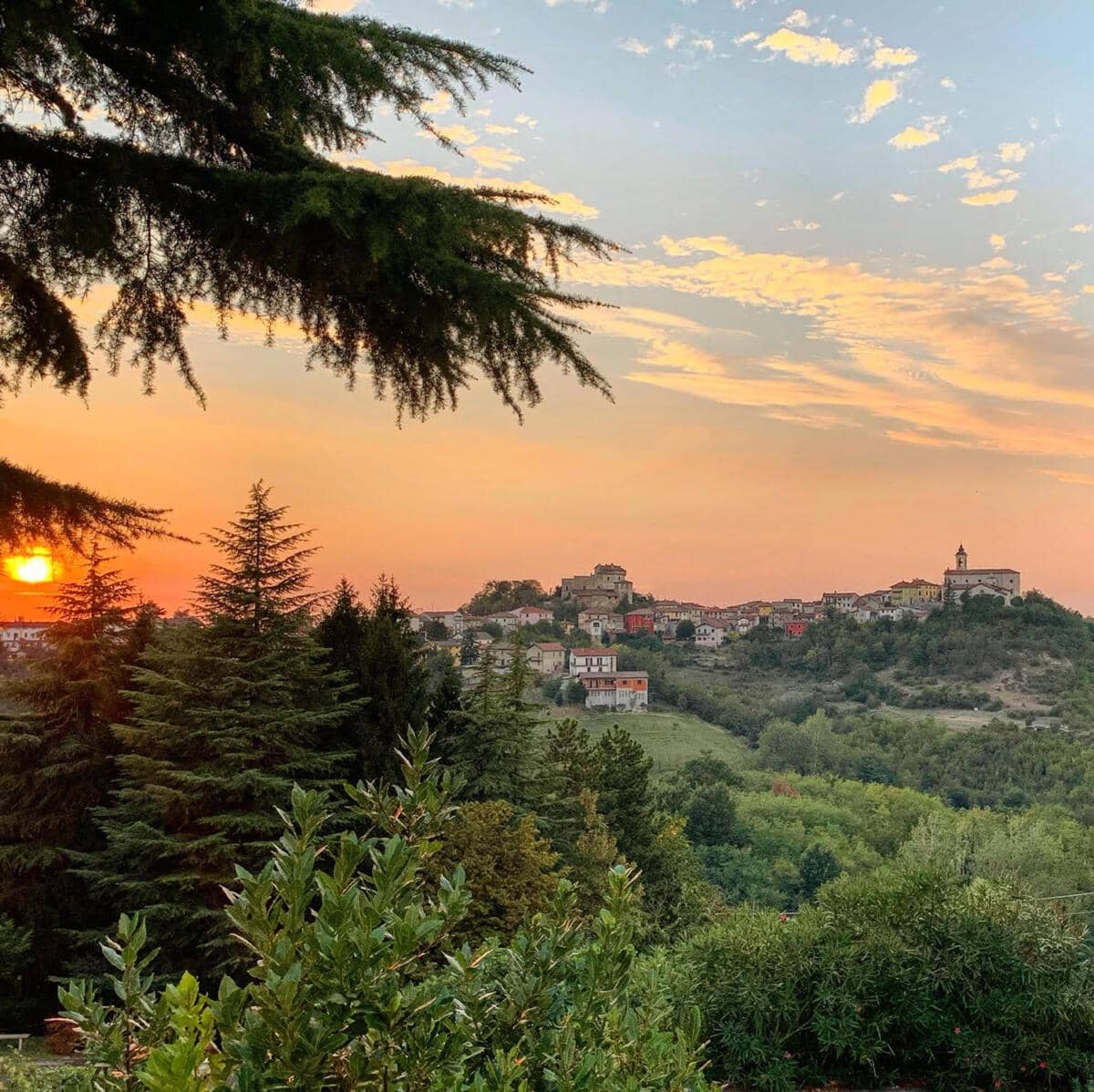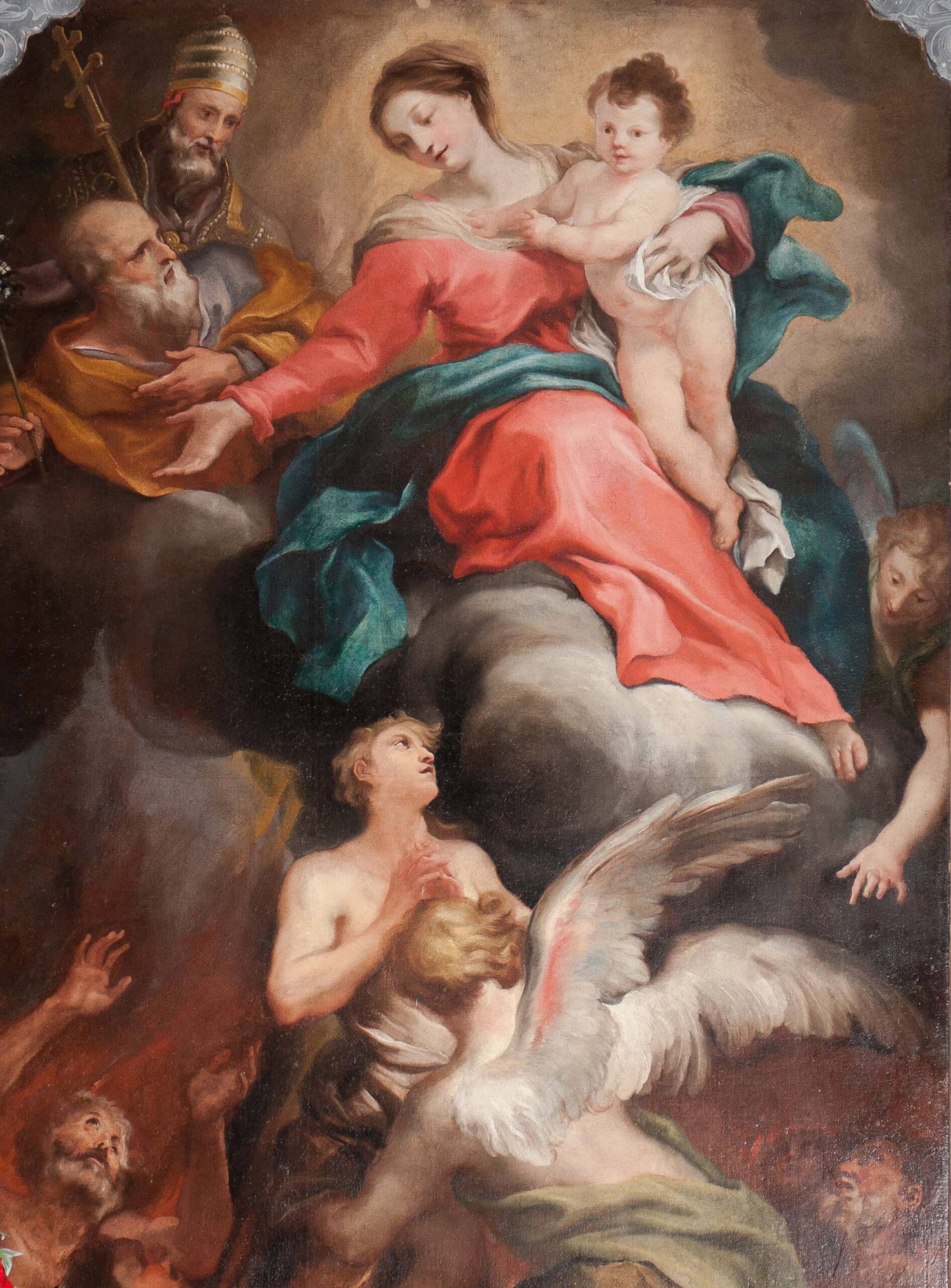Mornese, antico toponimo Molonexius, venne inserito nel decimo secolo nel territorio della marca Obertenga e a seguito della ripresa demografica verificatesi introno all’anno 1000, fu interessato da una attiva presenza dei monaci di San Siro, potente monastero genovese.
Nel 1352, alla fine della pestilenza che nel 1348 colpisce Mornese e tutto il territorio dell’Oltregiogo, il priore del convento procede alla vendita del feudo a favore dei fratelli Marco e Pietro Doria.
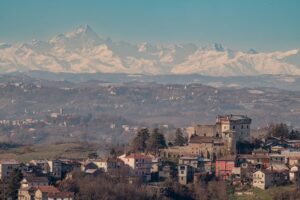
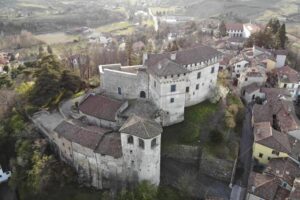
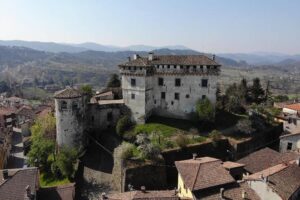
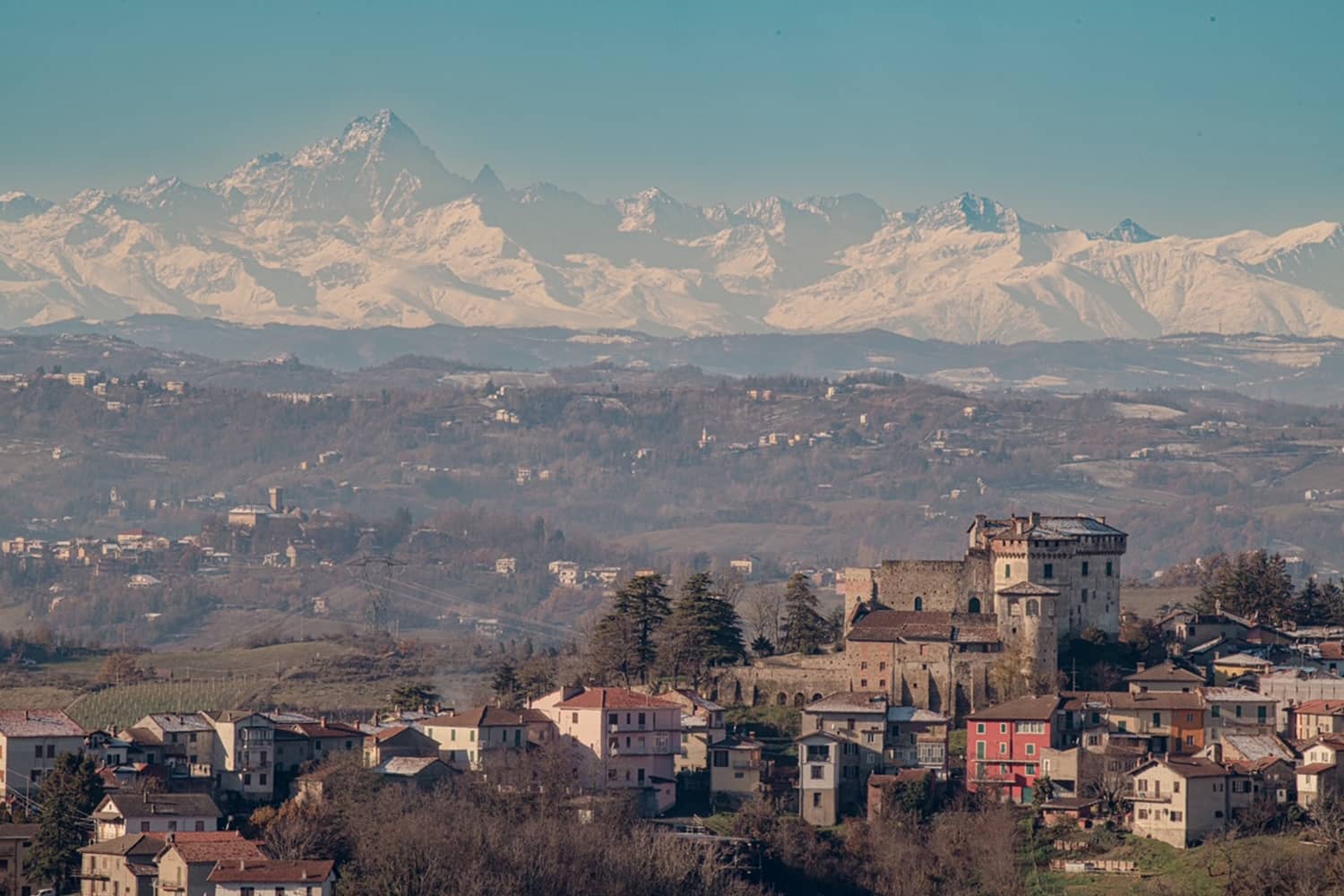
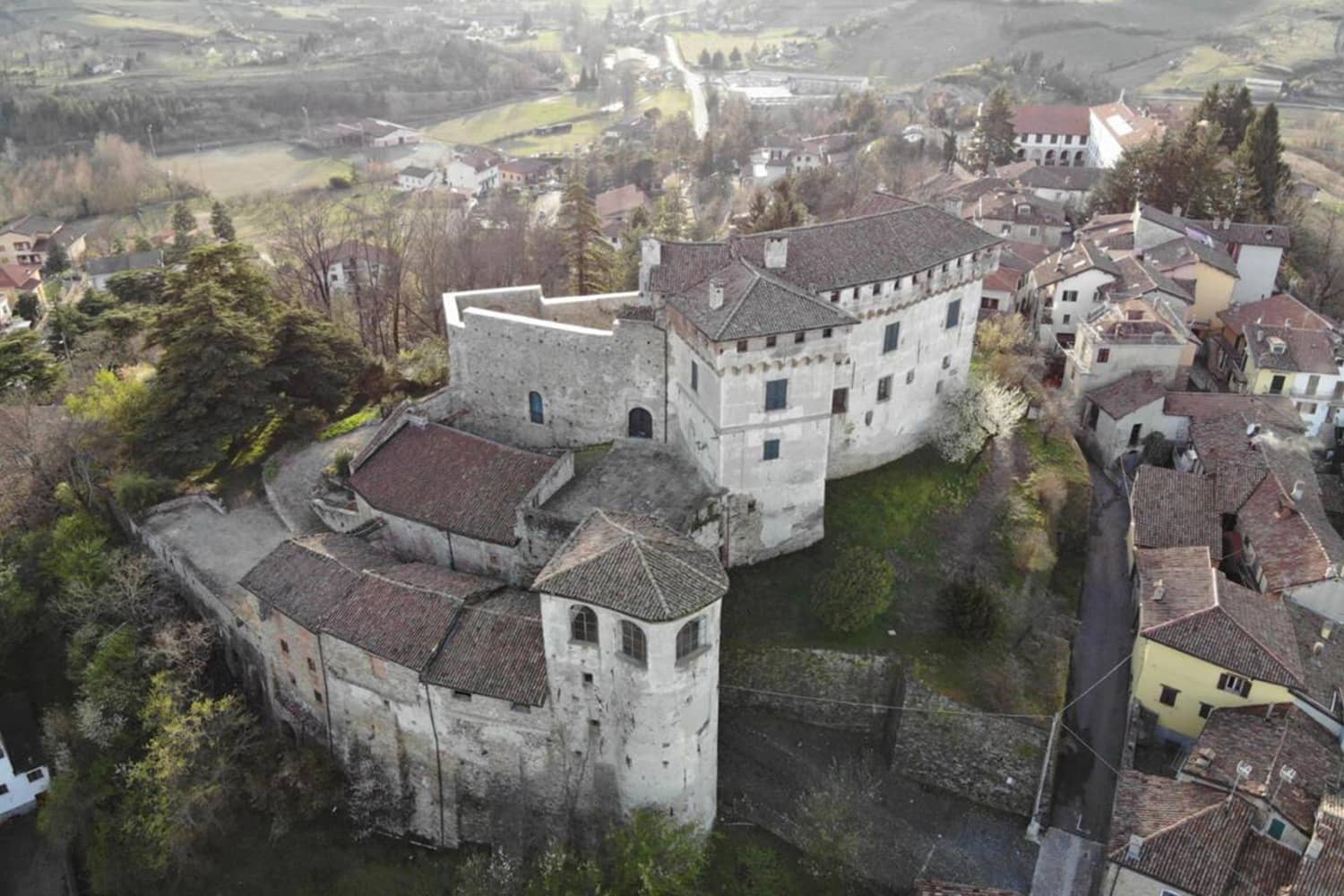
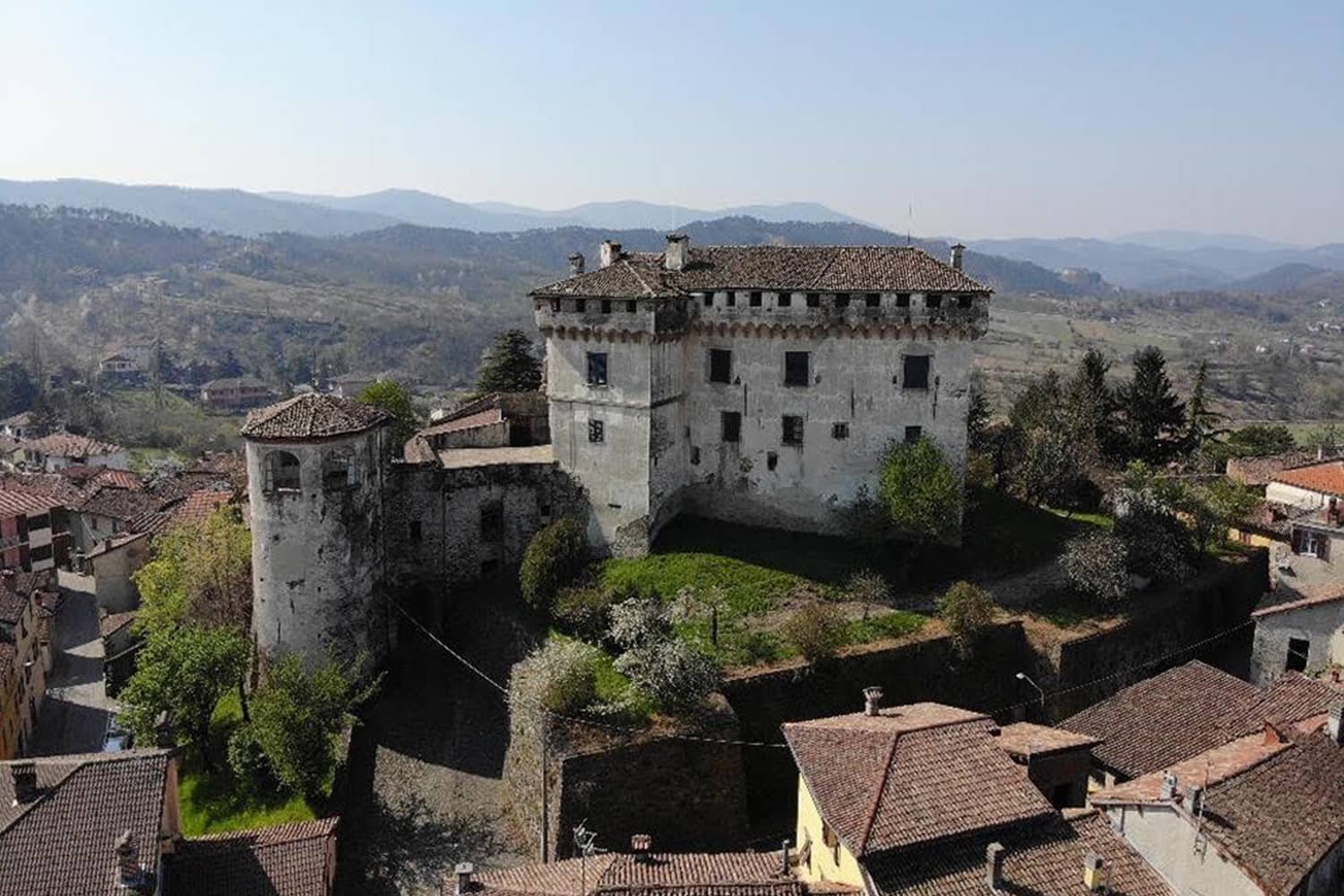
Cosa vedere a Mornese
- CASTELLO DEI DORIA
- COLLEGIO DI BORGOALTO
- PARROCCHIALE DI SAN SILVESTRO PAPA
- ORATORIO DELL’ANNUNZIATA
- SANTUARIO DI SANTA MARIA DOMENICA MAZZARELLO
- CHIESETTA DEI MAZZARELLI
- CHIESETTA DELLA CASTAGNIEGA
I Doria completano il loro insediamento nell’Oltregiogo contrapponendosi agli Spinola e cercando con l’appoggio di Luca Doria, signore di Lerma di creare uno Stato dei Doria.
Vi fu una guerra con la Repubblica di Genova, in quanto i Doria si alleano con i Visconti e con gli Spinola ed assaltano e conquistano il Castello di Tagliolo.
Mentre i Doria stanno per assaltare Voltaggio vi è la reazione della Repubblica di Genova che condanna a morte e alla confisca dei beni il Marchese di Lerma.
Il Castello di Mornese ha subito nel tempo molte influenze e ed è stato coinvolto in innumerevoli guerre sia direttamente che indirettamente.
Il castello sorge su un poggio denominato Borgoalto un nucleo di abitazioni collegate al castello moto suggestive.
La veste odierna si rifà al secolo XVIII, epoca in cui fu destinato a residenza signorile di campagna.
Con i castelli di Montaldeo, Casaleggio Boiro, Silvano D’Orba, Lerma e Tagliolo, costituisce una piccola scuola genovese.
Fu la prima casa madre delle Figlie di Maria Ausiliatrice, congregazione fondata da Santa Maria Mazzarello assieme a San Giovanni Bosco.
Fino a metà degli anni ’60 ospitò le Orfane dei Carabinieri.
Vi è un antico accesso che si incunea tra le case, dove Don Bosco passò per la prima volta il 13 dicembre 1867, invitato da Don Pestarino, parroco di Mornese.
Accanto la Cappella dove nacque nel 1872 l’istituto delle Figlie di Maria Ausiliatrice dove 11 novizie alla presenza di Don Bosco, di Don Pestarino e del Vescovo di Acqui, fecero la loro professione religiosa.
Qui venne eretto il primo oratorio dedicato alla Vergine, che nel ‘500 divenne parrocchia in sostituzione della Chiesa di San Silvestro che era situata al di fuori del paese.
Opere
Pavimento del presbitero con pietra nera di Lavagna;
Statua di San Silvestro al centro, con a destra San Giuseppe e a sinistra San Guido;
Statua di San Nicola da Tolentino;
Fonte battesimale dello scultore Antonio Bacci;
Pala del battesimo di Gesu’ tardo settecento;
Pala della Vergine del Suffragio del 1681;
Crocefisso che sovrasta l’altare del 1746;
Coro ligneo risalente al 1830;
A destra il secondo altare è dedicato a Santa Maria Mazzarello, la santa di Mornese, che venne eretto in occasione della sua beatificazione nel 1938.
Nei sotterranei della Parrocchiale è visitabile il Presepe artistico permanente di San Silvestro.
Personaggi in movimento con effetti giorno-notte.
Nelle sale adiacenti sono esposti presepi realizzati e donati dalle Suore Salesiane di vari Paesi del Mondo.
A fianco della Parrocchiale vi è l’oratorio.
Dopo essere stato, per breve tempo parrocchiale con il titolo di Santa Maria, nel 1602 venne trasformato in Venerando Oratorio.
Vi sono innumerevoli affreschi del pittore Muratore di Novi e nel cupolino L’Assunta.
L’altare fu rinnovato nel 1890, mentre la Statua che lo sovrasta è la statua dell’Immacolata di origine seicentesca.
Vi è anche un Crocefisso processionale settecentesco e un gonfalone bifronte del pittore Santo Panario, famoso ritrattista.
Alla frazione Mazzarelli vi è la Casa Natale di Santa Maria Domenica Mazzarello dove nacque il 09 maggio 1837.
È una piccola casa in pietra, dove all’interno vi è un altare con una balaustra della primitiva Cappella del Collegio di Borgoalto dove aveva celebrato la messa, per la prima volta a Mornese, Don Bosco.
Il Santuario che comprende la casa natale di Santa maria Domenica Mazzarello fu consacrato il 09 agosto 1972.
L’urna con le spoglie della santa in quella occasione venne portata a Mornese, dalla Basilica di Maria Ausiliatarice e vi ritornò per l’ultima volta nel 2002.
Il Santuario è meta di migliaia di fedeli provenienti da tutto il mondo ed è un luogo meta da tutto il mondo per gli esercizi spirituali.
Benedetta il 24 maggio 1843, fu costruita dalla popolazione dei Mazzarelli che la volle fortemente per onorare la Madonna.
La dedicarono a Maria Ausiliatrice e ai santi Stefano e Lorenzo in ringraziamento per la protezione avuta durante la grave epidemia di colera tra il 1835 ed il 1836.
Si trova al confine tra Mornese, Parodi Ligure e Montaldeo.
È un luogo di sosta per i turisti che frequentano il territorio.
Ha un bel porticato che accoglie chi giunge con qualunque mezzo ed in caso di pioggia o di brutto tempo può dare loro riparo
Di notevole fattura il campanile che si erge in cielo.
